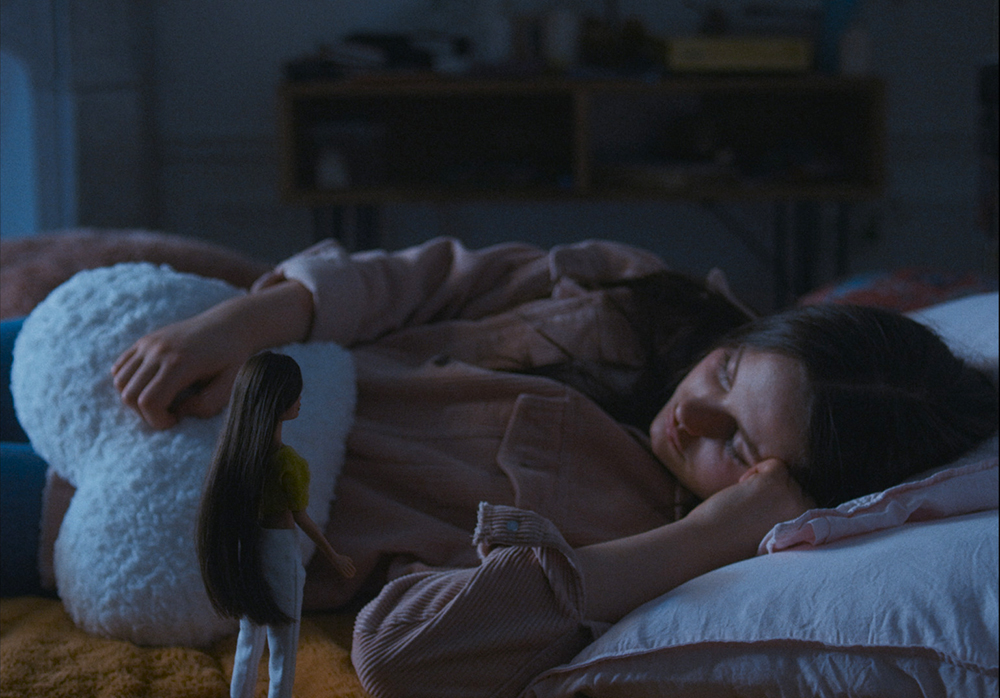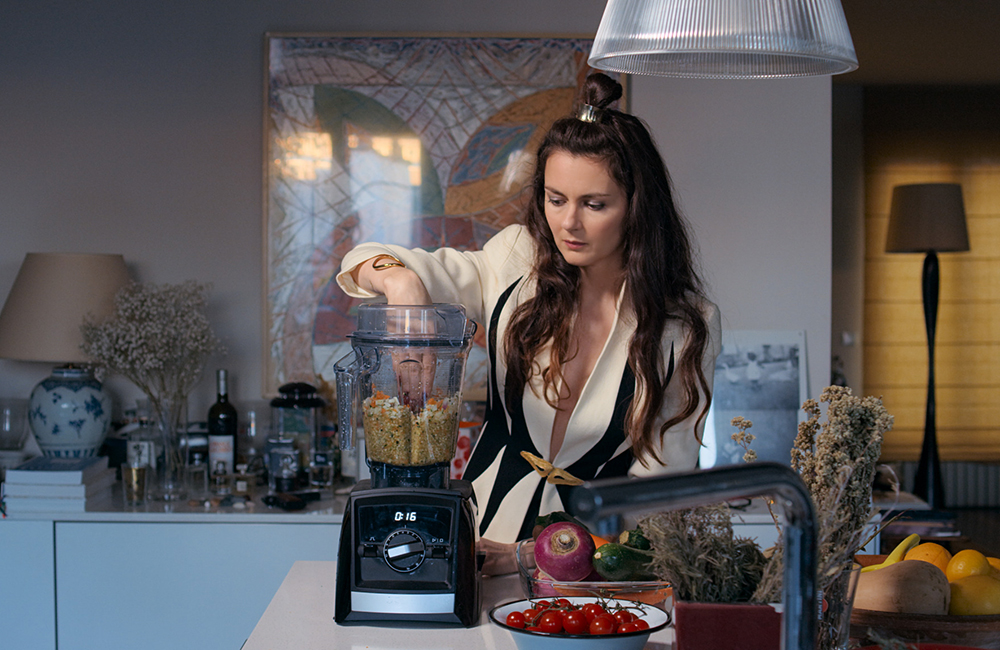Bertrand Bonello is a filmmaker who likes to play with different styles, most of which have annoyed me because of his films’ self-indulgent and angsty demeanor and disquieting imagery. I just couldn’t connect or be engaged with his films “The Pornographer” (2001) and “House of Tolerance” (2011). And although I don’t loathe the latter as much as I did, I still feel it is too pretentious for its own good.
‘Coma’ Shows Bonello’s Growth as a Director
Nevertheless, I think Bonello is interesting as a director and doesn’t want to pull the same tricks twice. Recently, I have been keen on his later work, from “Nocturama” (2016) to the present day. They are far more interesting and richer than his previous ones. They still contain some form of angsty demeanor. However, it is toned down, even if some of the stories include elements of magical realism and even horror elements. The movie that ultimately made me a fan was “Zombi Child,” his 2019 feature. It was Bonello’s method of crafting a horror feature that tackled themes of colonialism and cultural appropriation through a tale of rituals and zombifications.
It’s truly fascinating what Bonello can do when his focus is clear and not dwelling on pretentiousness or indulgence. Playing with different genres and styles keeps his work fresh each time he arrives with a new piece of work. And that’s where his latest feature, “Coma,” comes in. A product of the cataclysmic lockdown, Bonello confronts the experience and lasting legacy of the pandemic isolation. It’s restrained in its production, yet stylistically established as a time period most of us wouldn’t like to revisit. You may remark, “Oh, another film about the pandemic?” or “Aren’t we tired of these types of films?” And it’s understandable, as I’m also tired of movies revolving around a time when it seemed like there was a constant fog of darkness around our house due to the solitude and separation. However, “Coma” is more than what it may seem at first sight.
A Lockdown/Pandemic Film that Creates Hope and Trepidation
“Coma” begins with a prologue filled with clips from “Nocturama” and a voice-over letter addressed to Bonello’s eighteen-year-old daughter, Anna. It reminds her that he dedicated his 2016 feature to her. However, that’s not the only thing that he says. Bonello honors her maturity to the cataclysmic array of events that have transpired in the past. He talks about evaporated devotions, people they have lost and keeping your head high even though life is hitting you with one gut punch after the other.
After those words by the director, the viewer is immersed into the life of an unnamed teenager (played by “Zombie Child” co-lead Louise Labeque) who resembles Bonello’s daughter, Anna. She lives alone during lockdown, although there is no precise mention of the pandemic. Restless and bored, she spends her days looking for ways to spend time until the world goes back to normal. The young girl is experiencing a distortion between reality and imagination the more she gets cut off from the world.
Also Read: TIFF 2022 Review: ‘The Umbrella Men’ Still Excites, Despite Lack of Urgency
Anxiety and estrangement are covering her world. We watch as she spends time in her room having Zoom calls and watching YouTuber Patricia Coma (Julia Faure). She’s selling the idea of “living a better life” via gimmicky items that will “help” people. These include items such as the ‘Revelator’ memory game, a food processor, and the Crudamix. Bonello created “Coma” as a personal letter to his eighteen-year-old daughter, designed to understand and reassure his teenage daughter of unforeseen troubles that life throws.
Bonello Explores His Fears and Comments on Our Dependence on Technology
Through an array of visual aesthetics and antics (computer and stop-motion animation, Zoom chats, surveillance footage, Internet videos, kaleidoscopic collages of images, among others), Bonello poignantly explores his fears as a father and guilt of passing an unsettled and self-destructive world onto his kin. It is through these images that Bonello explores the anxieties of living and the concerns of the future, whether it is regarding our own lives or the ones of our relatives (and forthcoming generations).
Although it contains a certain amount of humor, “Coma” is horrifying. On the one hand, it feels like a therapy session where one tries to cope with what may come (and get through what has passed). However, it also speaks of our technological dependence and being addled by the multiple screens we come across daily. During lockdown, it became our “salvation”; technology was the only thing keeping us from being drenched in the baths of cataclysmic despair.

There are ways to depict these types of topics without being corny or self-serious. Here Bonello found a way for us to confront them without pasting messages or parables about our reliance on technology or its use as a form of escapism. There’s existential miasma covering the film like mist surrounding a lighthouse since all of us went through these same situations. It takes us into a dreamlike limbo that is heightened by the feeling of uncertainty and trepidation.
A Feature that Excels Through its Blur of Reality
The ‘coma’ in its title goes back to that dazed and confused state of mind amidst isolation (and boggled insanity) that most felt one way or another in the past year. “Coma” is horror adjacent but does not dwell in the spooks or scares of a genre picture. Instead, it relies on the existential angst and dread. It is fueled by the wavering uncertainty of life opening back again and the melancholic hymns of loneliness.
Bonello also explores the hypnotic effects of dreams and nightmares through hallucinatory experimentations of the form, hence its changes from live action to animation and camera lenses to surveillance footage. In a way, the film cites David Lynch and Todd Solondz (“Welcome to the Dollhouse,” “Happiness”) with its creative hopefulness through dark material. With only an eighty-minute run-time, “Coma” flies by quickly—but its ideas are withstanding. When you finish the film, it feels as if you were woken up from hypnosis. Its dream-like effect snaps, and one immediately wants to go back to seek out more from it.
Also Read: TIFF 2022 Review: Great Character Work and Performances Elevate ‘The Good Nurse’
Bonello might not be in full control of his craft. However, his latest film shows growth as a filmmaker, even with a few projects on his back already. There are moments where it seems that his vision might be lost amidst the collage of images being presented, making it hard to know exactly what he wants to say. Nonetheless, it is a feature that excels through its blur of reality rather than its humanistic expressions.
“Coma” is part of our continuing coverage of the 2022 New York Film Festival (NYFF).
Support the Site: Consider becoming a sponsor to unlock exclusive, member-only content and help support The Movie Buff!


